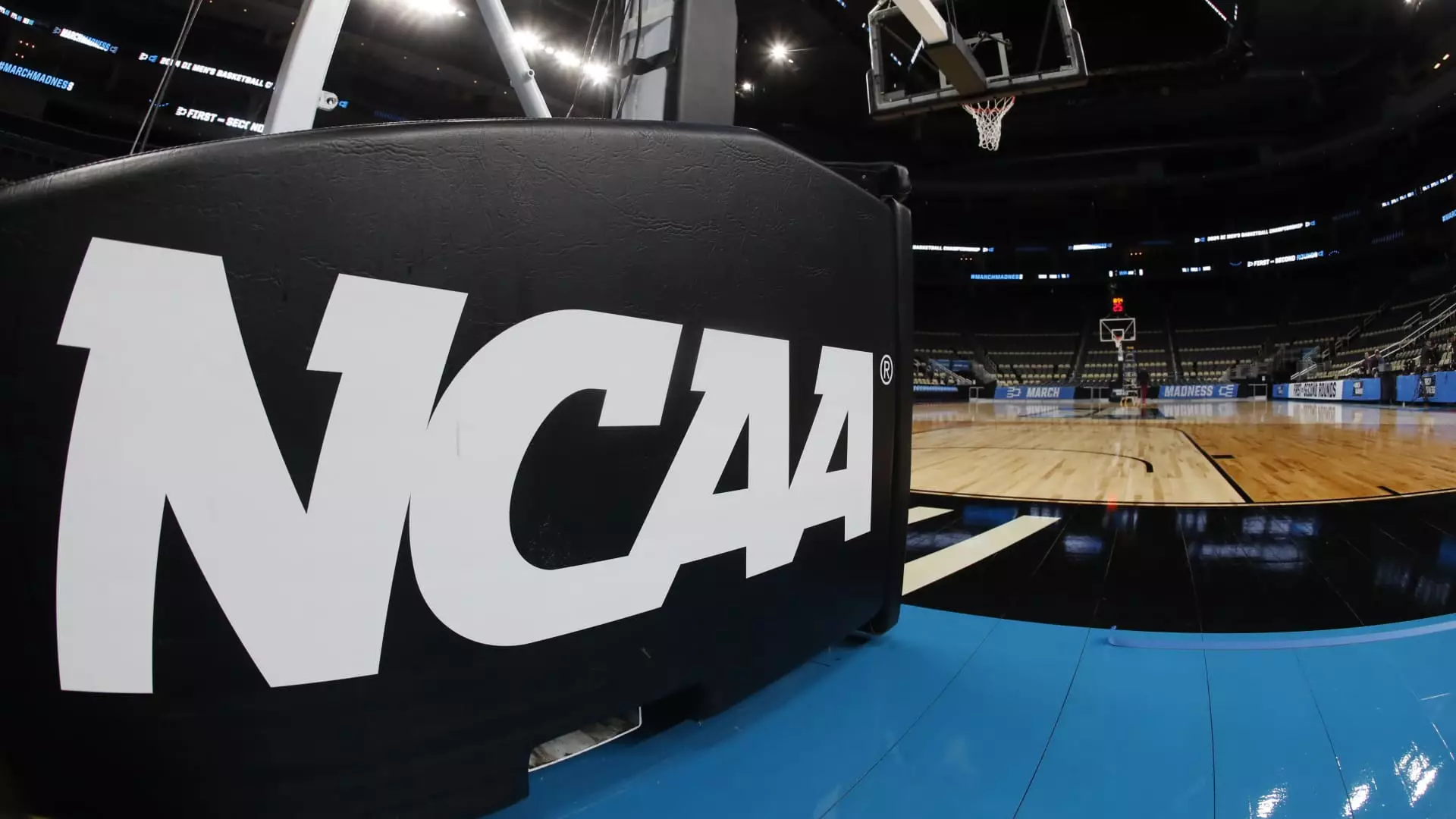In a landmark decision, the National Collegiate Athletic Association (NCAA) has enacted a controversial updated policy that restricts transgender women from competing in women’s sports. This policy’s announcement closely followed President Donald Trump signing an executive order that threatens to withdraw federal funding from educational institutions permitting transgender women to participate in women’s sports. This alarming intersection of sports governance and federal regulations raises considerable questions about the implications for both athletes and the integrity of competitive sports.
According to the new guidelines, individuals assigned male at birth will have the opportunity to practice with women’s teams and access associated benefits, including medical care. However, they are expressly prohibited from formal competition. On the flip side, all students, irrespective of their gender identity, can compete on men’s teams. If male athletes are taking testosterone, they are required to undergo a medical exemption process, while females who are either undergoing hormone therapy or are taking testosterone will also be ineligible for women’s teams. This clear differentiation seems to suggest an intention to maintain a competitive ‘fairness’ in women’s sports, but it raises complex ethical and practical concerns.
Prior to this update, the NCAA had adhered to Olympic standards where eligibility for trans athletes was largely determined by their respective national governing bodies. This earlier model, adopted in January 2022, offered a nuanced understanding of gender and competition that allowed for more inclusivity. The pivot away from these standards to the newly adopted policy signals a stark turn towards rigid, binary classifications in sport.
Charlie Baker, the NCAA President, emphasizes the need for uniformity in eligibility standards across organizations to alleviate the confusion stemming from varying state laws and legal disputes. However, the assertion that this new policy will help clarify issues for student-athletes is met with skepticism. Critics point out that it reduces the complex nature of gender identity to a limited, binary framework. Chris Mosier, a transgender triathlete, and advocate, asserts that the policy’s focus on sex assigned at birth diminishes the validity of non-binary identities and erases intersex experiences, potentially affecting a broader scope of athletes who may not neatly fit into these categories.
This policy shift has significant ramifications that extend beyond the immediate realm of collegiate sports. Experts have indicated that such restrictive guidelines do not align with contemporary understanding of gender and identity. The American Medical Association and other health experts have spoken against these binary classifications, arguing that they lack a foundation in current scientific knowledge about transgender individuals.
Furthermore, LGBTQ+ advocacy organization GLAAD describes this policy change as deeply concerning and out of step with the medical and human rights standards that should guide such decisions. They characterize this latest NCAA move as reactive, indicating it is more of a political response to pressures from the Trump administration rather than a well-informed or considered policy derived from significant medical advice.
As we dive deeper into the implications of such a significant policy update, there is an urgent call for re-evaluating how sports organizations approach gender and competition. The NCAA needs to engage in a broader discussion that encompasses all voices within the athletics community, including those of transgender and non-binary athletes. Forward-thinking solutions should be developed that ensure competitive fairness while respecting and acknowledging individual identities.
The ongoing discourse surrounding trans athletes is emblematic of a larger societal struggle around the recognition and rights of marginalized groups. The path forward will require not only policy adjustments but also a cultural shift within sports that embraces diversity and inclusion. Only then can collegiate athletics truly become a space where all athletes feel valued and respected, irrespective of their gender identity.

